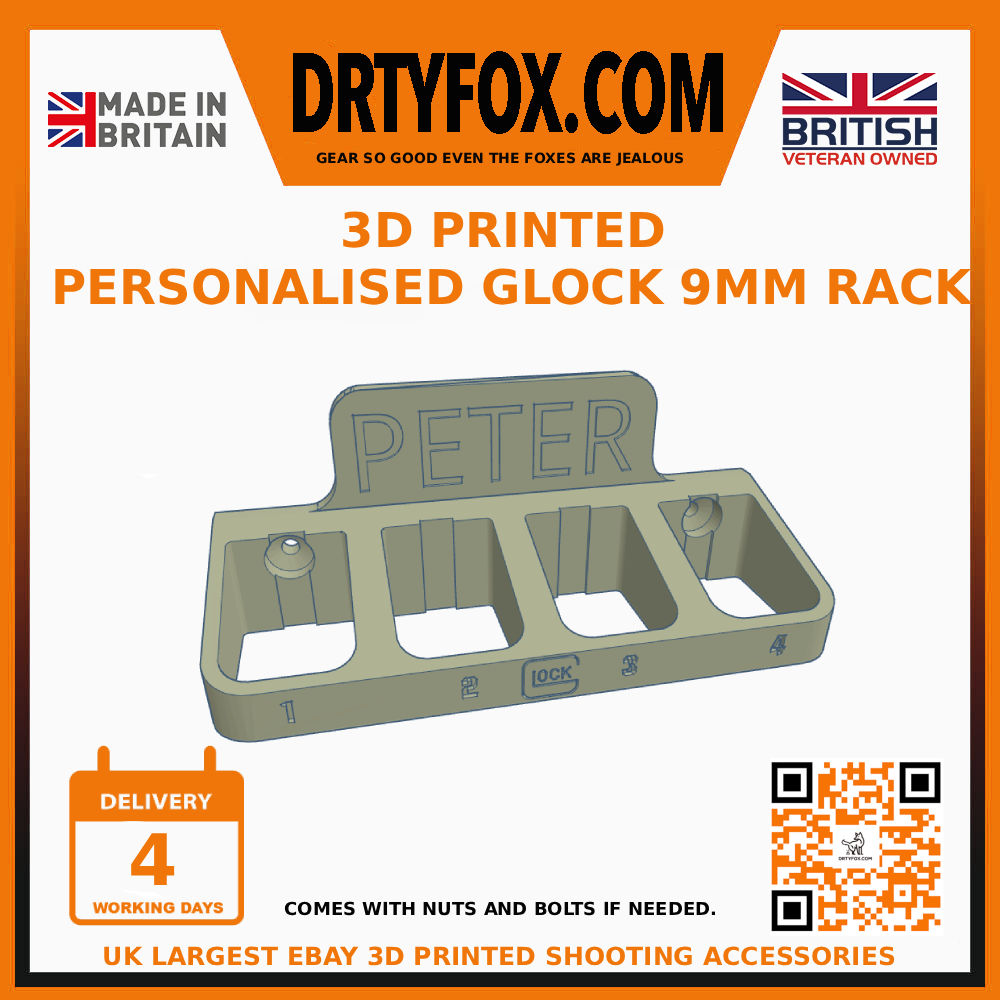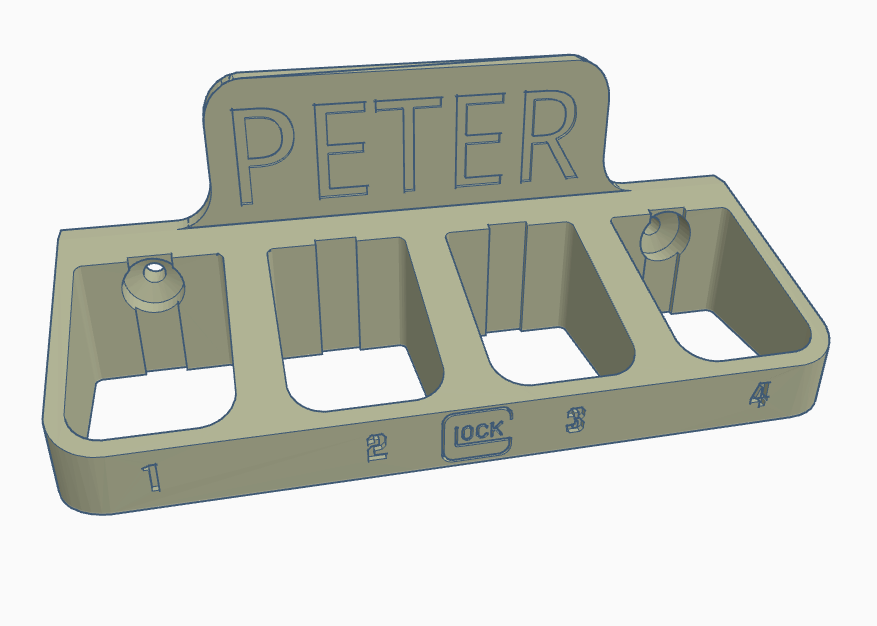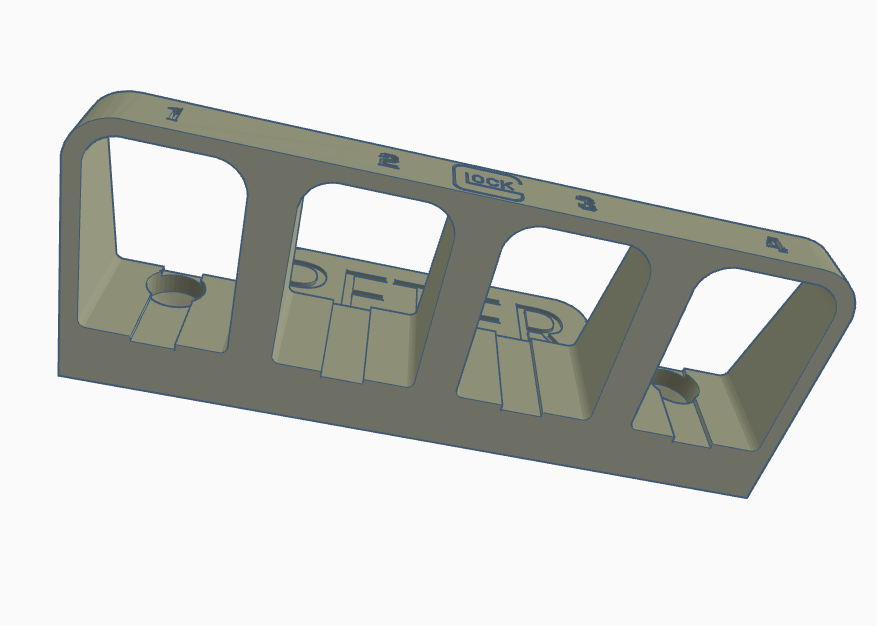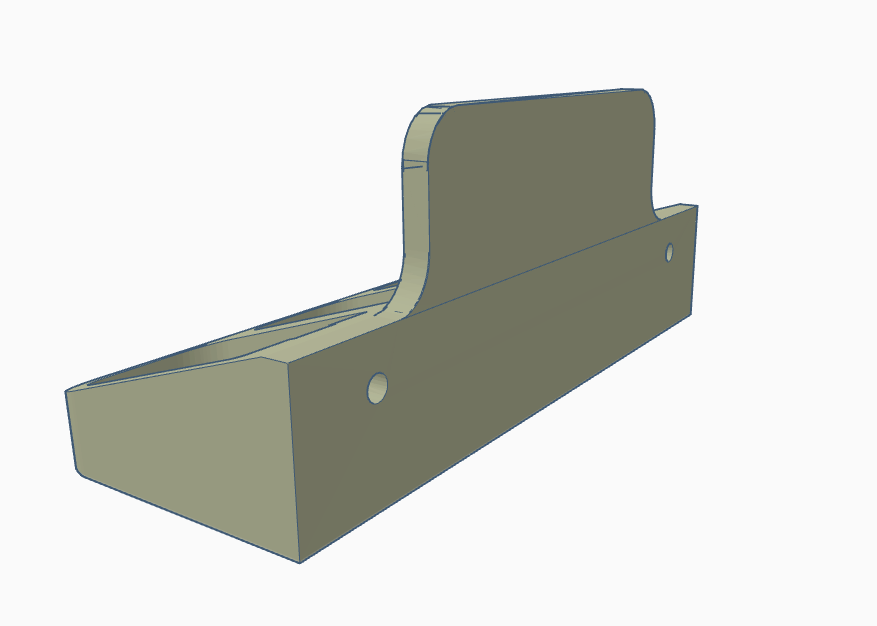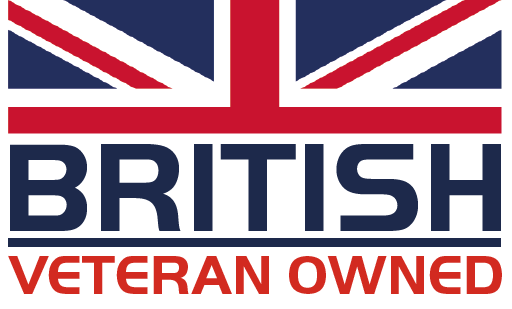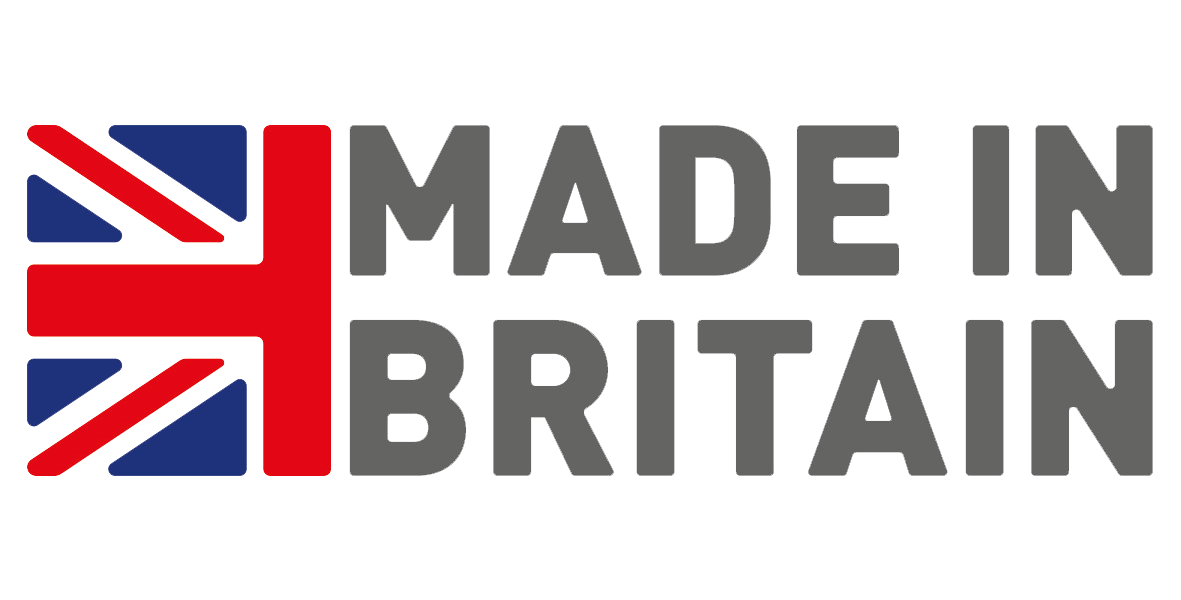The Personalised Glock Magazine Storage Rack is designed to securely hold up to 4 9mm GLOCK magazines. Made of durable black plastic, this rack is easy to attach and wall mountable. Manufactured in the United States, this product is ideal for gun enthusiasts looking to organise and display their pistol magazines in a stylish and practical way. The rack, featuring the GLOCK brand logo, is a convenient and practical solution for storing and accessing your magazines with ease.

MADE AND ASSEMBALED IN THE UK
DISCLAIMER: I am not associated with any of the scope manufacturers. AND OR PRODUCT SIMILURE, ALL PRODUCTS HAVE BEEN BROUGHT FROM A 3D PARTY DESIGNER. ALL are made solely by DRTYFOX.COM.
MATERIAL: 3D printed using PLA+, PETG, PLA-CF AND PETG-CF filament. Note that this PLA filament is not a high-temp filament rated for use inside vehicles left in direct sunlight during summer. If you require a higher-temp filament please order the PETG option from the filament section.
WARRANTY: If this item breaks I will make any design adjustments, if needed, and send a replacement for free.
Made in UK.
Please note that the products may have slight imperfections as 3D Printing is rarely perfect. The exact product you receive may also slightly vary from the product photos as I iterate and improve upon designs based on user feedback.
£21.00
SHIPPING CALCULATED AT CHECKOUT, MOST PRINTS ARE PRINTED AS ORDERED BUT WE DO HOLD STOCK OF SMALLER ITEMS, ALL ORDERS WILL BE SENT OUT AS SOON AS THEY HAVE FINISHED PRINTING.
SKU:
Please SELECT FILAMENT TYPE AND colour BELOW.
Only 1 left in stock
Please note: PLA-CF and PETG-CF only come in Carbon Fibre colour.
DESCRIPTION:
DISCLAIMER:
Due to the nature of 3D printing, slight variations in material tolerances may occur, meaning some products may require minor filing for the best fit. Additionally, filament colours may vary between batches due to manufacturing differences.
We take great pride in our products and ensure each item is finished to the highest possible standard before dispatch. However, we do not test every individual piece, as our designs are based on the manufacturer’s specified dimensions of the associated products.
If you find that a product does not fit as expected, please get in touch with details of the issue. We are happy to make adjustments and provide a replacement where necessary.
CUSTOMERS ALSO LOOK AT:
REVIEWS:


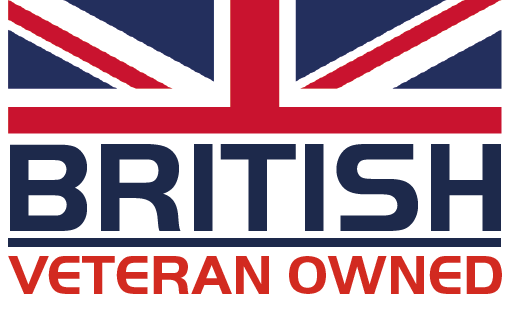



Made with ♥ by wearegeeky.com
We use electronic cookies as part of our normal business operations. By using this website, we assume you are happy with this.
For more information, please click here. Web design
















